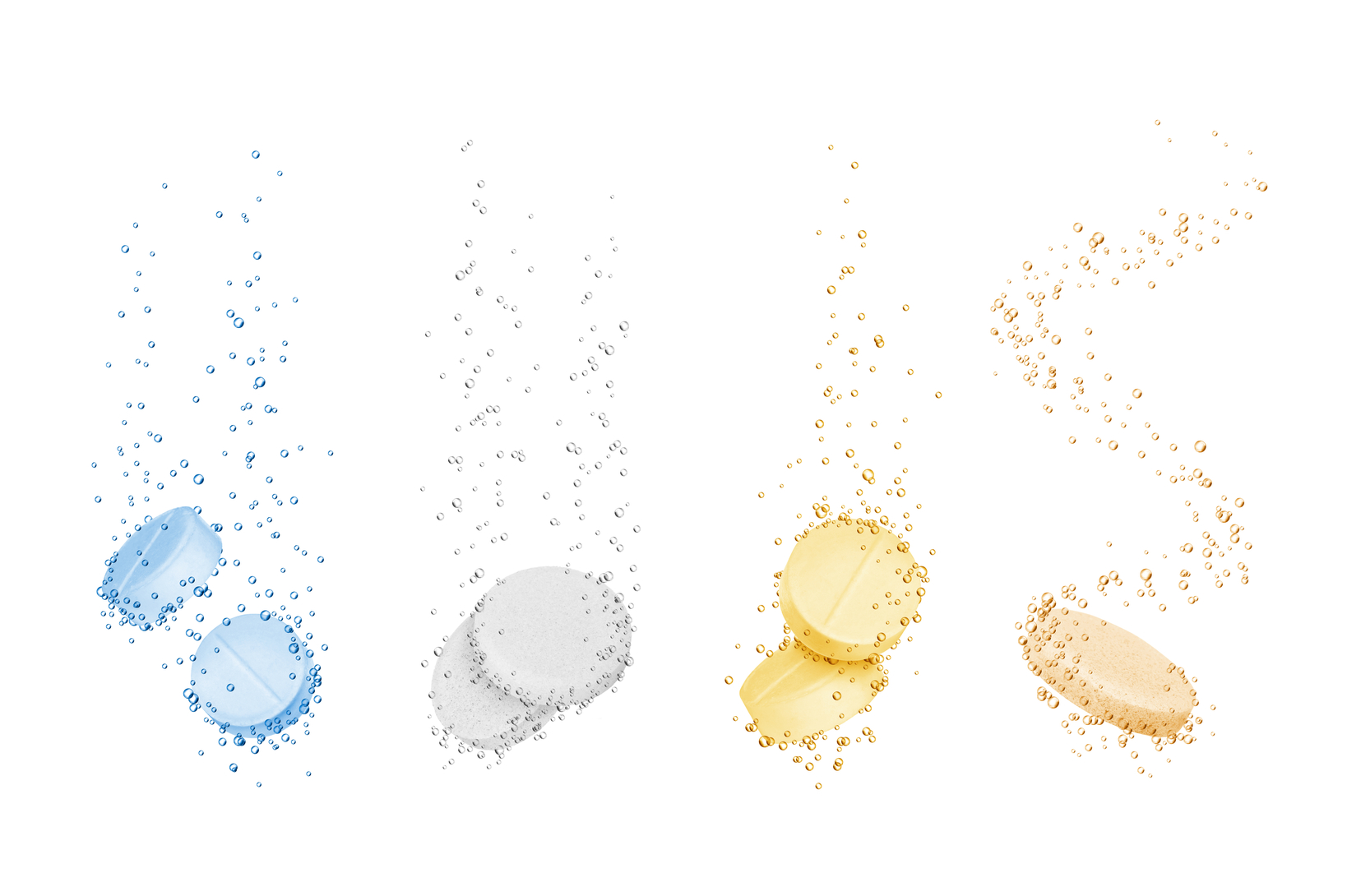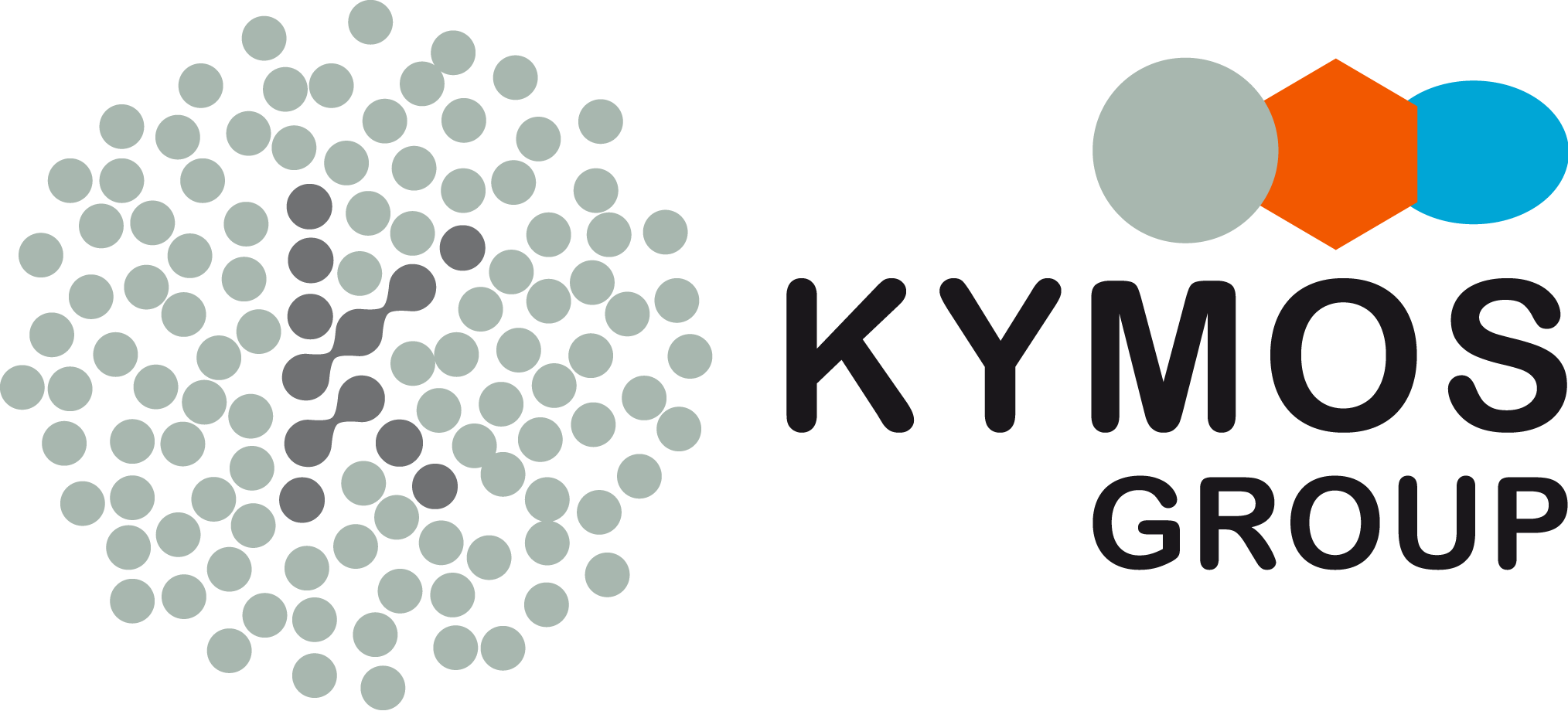Dissolution rate measurements

The dissolution rate is a measure of the actual release rate of the compound at the given particle size etc. in an aqueous media. It often varies considerably with solid form, e.g. particle size and shape (read more about dissolution theory). The rate of dissolution is of major importance in regard to the behaviour of the compound in vivo.
Dissolution tests are used for:
- Ensuring that production processes are under control
- Formulation development: comparison of effect of different formulation on product performance
- Evaluation of the effect of different particle size batches on the dissolution
For Material experts:
Instrument and measuring principle
The dissolution test equipment applied by Particle Analytical is a Vankel Dissolution Sampling Station. The concentrations are determined on a Varian UV-VIS spectrometer. The default solvent volume is 900 ml unless otherwise stated. The apparatus is equipped with a fibre optic sensor.
WHAT TYPE OF APPARATUS
| Instrument | Vankel VK7000 /Versa Fiber optics |
| USP/Ph. Eur. | USP 〈711〉 /Ph.Eur. 2.9.3 (non-GMP) |
| Sample amount | Depends on purpose (dissolution of tablet or powder – sink conditions). Max solvent volume: 900 ml |
| Temperatures | 25-50 °C |
| Stirring rates | 50 or 100 RPM |
| Result | Reported as a curve showing concentration over time (min) |
- Evaluating the developability of a compound: Does the dose at the given particle size dissolve in vivo? This can be tested by examining the dissolution rate in different buffer solutions mimicking the physiological conditions (pH 1-8, Fessif, Fassif)
Let’s Help!

Dr. Fozia Shah, Project Manager
OR
Literature
Abdou HM (1989) Dissolution, bioavailability & bioequivalence. Mack Publishing Co
Hanson WA (1982) Handbook of dissolution testing. Pharmaceutical Technology
Hintz RJ, Johnson KC (1989) The effect of particle size distribution on dissolution rate and oral absorption. International Journal of Pharmaceutics 51(1):9-17
Rasenack N, Müller BW (2002) Dissolution rate enhancement by in situ micronisation of poorly water-soluble drugs. Pharmaceutical research 19(12):1894-1900



